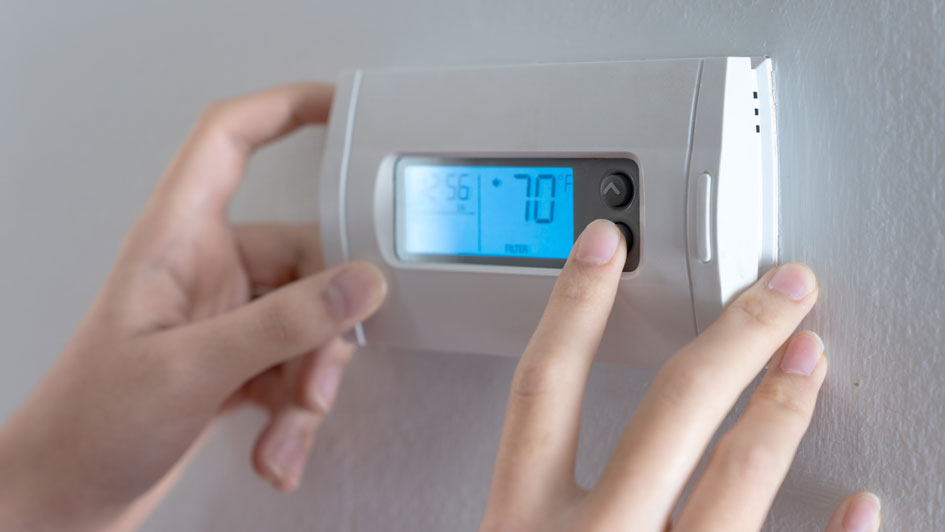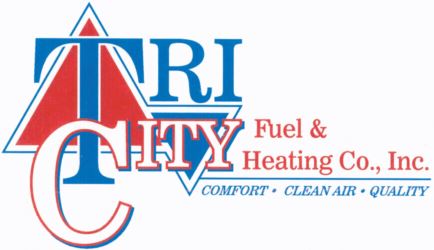
It's always nice when we manage to save money on our utility bills, but it turns out there’s a way to lower energy use, even when you're not even home.
It starts with your thermostat. By using automatic schedules, you can help the thermostat plan for your preferred temperatures. You can create a number of automated temperature settings for when you’re home, away or even when you’re asleep.
By trying a few of these schedules, you have more time to enjoy pleasant temperatures while keeping more money in your pocket. Take a look at a few ways your thermostat can save you money in the summer:
While at Home
Whenever you're at home, you want comfortable temperatures. It's only natural to want your thermostat lower in the summer while you are in the house to make the most of the cool air.
But the ideal temperature for when you're in your home during the summer is usually between 78 and 80 degrees Fahrenheit. This way, you'll keep cool while still keeping your energy bills low.
While Out of the House
When setting the temperature for a vacation or other trip away from the house, the majority of homeowners will set the thermostat higher than normal.
For some homes, you can set the thermostat to temperatures as high as 88 degrees while no one is home and then lower it back to the sweet spot of 78-80 degrees after you return. This way, your air conditioning system isn't working around the clock to provide cooling for a bunch of empty rooms.
While Asleep
For a full night's rest during summer weather, you want a temperature that's nice and cool. A great place to start is between 68-72 degrees Fahrenheit. There's less risk of getting too hot or too cold at some point overnight.
Other Ways to Use Less Energy:
- Put in a smart thermostat: Trying a smart thermostat in the summer helps save money on energy costs as it forms temperature schedules according to your lifestyle and personal preferences. It'll take care of making changes while you are home or sleeping, before allowing it to warm up when no one is home. Using reputed brands and models such as the Lennox iComfort, you are able to adjust settings and schedules through your smartphone, tablet or laptop. Requesting smart thermostat installation in your West Columbia home is an effortless way to set the correct temperature whether you're at home or across the country.
- Replace current equipment with a newer HVAC system: A new HVAC system saves money right from the start. If a system boasts high energy efficiency, your utility bills will be lower because it requires less energy to reach your preferred temperatures. Air conditioning installation in West Columbia is a breeze for experienced professionals like Tri City Fuel & Heating.
- Stay on top of routine AC maintenance: Hiring a skilled professional to perform regular air conditioning maintenance in West Columbia can have a serious effect on your total monthly energy use. By regularly cleaning the coils, checking for damage and clearing air vents of dust and debris, this can help your HVAC system run more efficiently. Increasing efficiency also limits strain on key parts and lowers operational costs, lowering total energy use and eventually the total monthly bill.
- Clean or replace the air filter on a regular basis: Cleaning or replacing the air filter regularly saves money by helping air flow efficiently through your air conditioner. When filters are old and less effective, your air conditioner will have to work harder, and this greater strain could shorten the system’s life span and cause breakdowns.
- Check if you have enough insulation in the attic: Insulation is one of the key components in any energy-efficient home, keeping the hot air outside and the cool air inside during the summer. The North American Insulation Manufacturers Association (NAIMA) suggests that homeowners living in southern climates should install at least 13-14 inches of insulation, while states further north need 16-18 inches.
- Check your ventilation: Damage to the ventilation is capable of increasing your energy bills much more than 20 percent, plus it can also lead to problems with your water heater, clothes dryer and other appliances to get into the atmosphere of your home. Watching for signs of leaks and sealing them can fix both of those problems.
- Seal all other leaky spots in your home: Finding and sealing any remaining leaks in your home with caulk, foam sealant or weather-stripping keeps temperatures a little cooler on hot summer days. It’s also important to check for any gaps around windows, doors and even outdoor fixtures. Making time to seal leaks now can help you save a lot in the long run.



